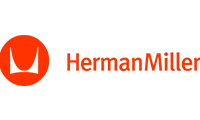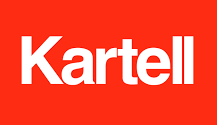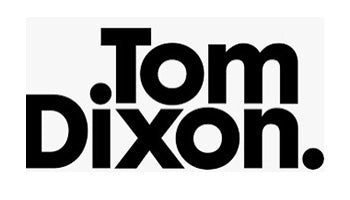800.605.1859 - FREE SHIPPING ON MOST ITEMS OVER $99.00
furniture
Accessories
lighting
Designers
- ACHILLE CASTIGLIONI
- ALBERTO MEDA
- ALESSANDRO MENDINI
- ALEXANDER GIRARD
- ALFREDO HABERLI
- ALVAR AALTO
- ANNA CASTELLI FERRIERI
- ANTONIO CITTERIO
- ARNE JACOBSEN
- BARBER & OSGERBY
- CARLO ALESSI
- CARLO MOLLINO
- CHARLES & RAY EAMES
- CHARLOTTE PERRIAND
- EERO SAARINEN
- EILEEN GRAY
- ENZO MARI
- ERNESTO GISMONDI
- ETTORE SOTTSASS
- ACHILLE CASTIGLIONI
- ALBERTO MEDA
- ALESSANDRO MENDINI
- ALEXANDER GIRARD
- ALFREDO HABERLI
- ALVAR AALTO
- ANNA CASTELLI FERRIERI
- ANTONIO CITTERIO
- ARNE JACOBSEN
- BARBER & OSGERBY
- CARLO ALESSI
- CARLO MOLLINO
- CHARLES & RAY EAMES
- CHARLOTTE PERRIAND
- EERO SAARINEN
- EILEEN GRAY
- ENZO MARI
- ERNESTO GISMONDI
- ETTORE SOTTSASS
sale
In-Stock Items
Scoping A Rapid Prototype
April 29, 2015

Before we begin, let’s be clear about what a rapid prototype entails. While many will imagine a fully functioning version of their intended application, interface, or other design project, a rapid prototype doesn't always manifest in this way.
To be sure, many people use rapid prototypes as their final product and not just for visual aids; many artists, for example, print their sculptures and these become their final product. But a rapid prototype can also serve as a means to help visualize and craft the user experience of the final product, be it a piece of furniture, a software application, or an engineering tool.
With that in mind, here are some key issues and concerns to consider.
First off, you need to determine what requires prototyping in the first place. Prerequisites to look for include complex and dynamic interactions, new functions and features, and any changes in technology or design used.
Second, while it will vary how much of an idea should be prototyped, the general rule is to focus on the key functionality that will be most often used or considered by your users. This is important to keep in mind since rapid prototypes are meant to showcase mostly how something will work or look rather than the entire product or concept.
Third, plan each iteration piece by piece by starting with a broad concept and then going in-depth into each selected area. For example, say you are building a website; start reviewing and revising the homepage and the main sections, then move on to other detailed sections like search tools.
Finally, construct a story by weaving together the various elements of your prototype. It is easier to understand what your end goal is if you build a coherent narrative of what the user experience will be like. This also helps you visualize the sorts of users that will be using your product or design concept.
Once you have successfully scoped out the prototype, you can begin to focus on the prototype spectrum, which will be discussed in a future blog post. Stay tuned!
.
Also in News
Subscribe
Sign up to get the latest on sales, new releases and more …








